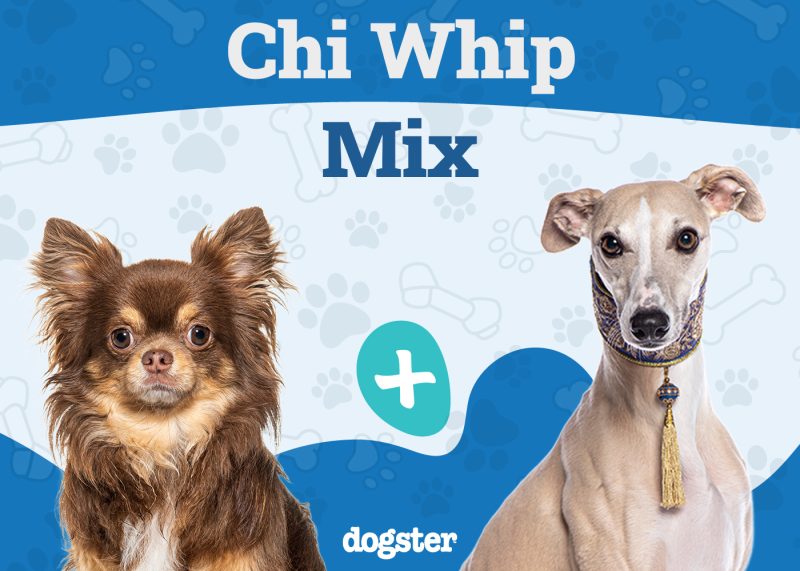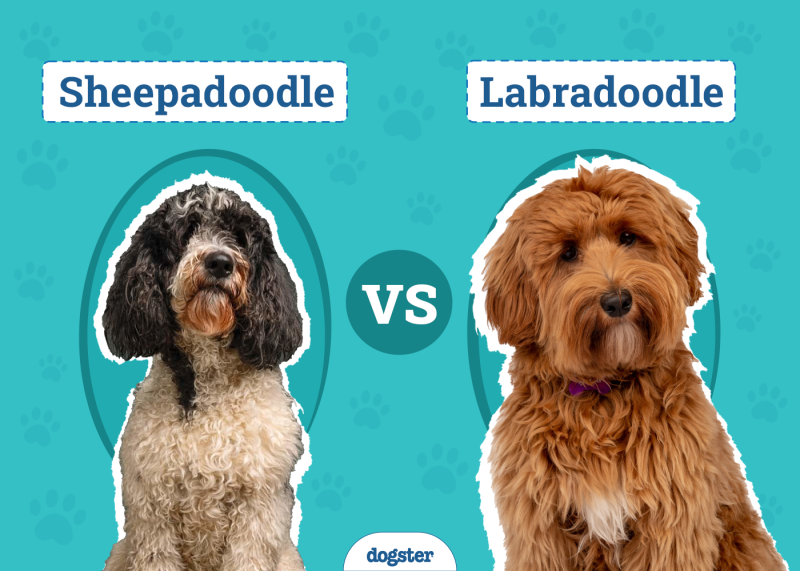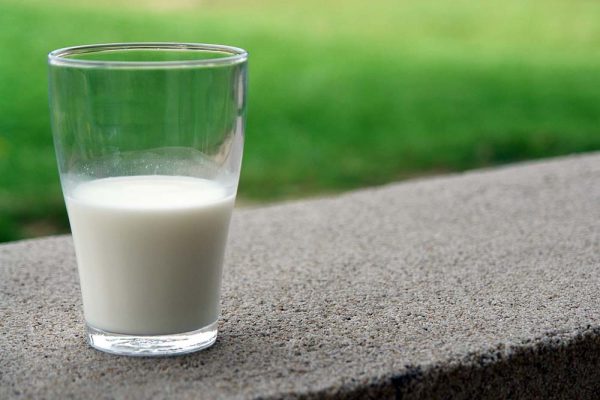In this article
View 3 More +Finding out how much crude protein should be in dog food, as it turns out, is not an easy question to answer. Let’s explore why. The amount of crude protein that should be in dog food varies. Several variables need to be considered. Each type of protein has a different level of digestibility and bioavailability. Dogs will need more crude protein if it is less digestible and less if it is more digestible. It all depends on the amount of protein your dog is actually absorbing and able to use from the crude protein.
Individual dog factors will affect how much protein they need to eat, such as life stage, health status, and lifestyle. Middle-aged couch potatoes will need less protein than active young and growing dogs. In addition, the amount of water in the individual food affects the crude protein, so this needs to be taken into account when comparing different foods.
Read on to learn more.

What Is Crude Protein In Dog Food?
Firstly, we need to know what crude protein is. Crude protein is a measurement of the mineral nitrogen content of a food multiplied by 6.25. This gives an estimation (crude) of the protein content of the food, as most nitrogen is found in protein. It is usually written as a percentage of the food by weight. Twenty percent crude protein means that 20% of the food is made up of protein.
Keep in mind that the amount of water in the food can vary the crude protein values a lot, so to compare like with like you need to convert crude protein into dry matter. For example, a dog food kibble with 21% crude protein and 12% water has a dry matter of 23.8%. If you were comparing this with a canned wet food with 8% crude protein and 78% water, this would have 36.4% dry matter protein. This gives you an idea of the limitations of crude protein as a value.

Does Crude Protein Content Matter?
AAFCO governs the nutrient content guidelines for pet foods.1 They state that food suitable for growth and reproduction should contain a minimum of 22% protein by dry matter basis, and for adult maintenance, a minimum of 18% by dry matter.
They do not list it as crude protein due to the difference that water content makes. There are also no guidelines for the maximum amount of protein that should be in dog food. Dog food that has higher amounts of crude protein listed doesn’t necessarily mean that your dog is going to absorb more protein from those foods or that it is automatically better for them.
If you’re unsure of how much protein your dog needs, please contact a vet for professional advice.
If you need to speak with a vet but can't get to one, head over to PangoVet. It's an online service where you can talk to a vet online and get the personalized advice you need for your pet — all at an affordable price!

Digestibility and Why It Matters
When it comes to protein, digestibility matters. If a protein has high digestibility, your canine is going to get much more nutrition out of it than a low-digestibility protein. Typically, it’s the source of protein that governs digestibility. Therefore, you can make a pretty good estimate of a dog food’s digestibility based on the sources of the protein.
Generally, meat-based protein is more digestible than plant-based protein. Therefore, ingredients like pea protein may increase a food’s crude protein, but the digestibility may not leave your dog with much. However, corn gluten has a very high level of digestibility. Lamb meal has a low digestibility, especially for being a meat-based protein. Fish, dairy, and eggs provide some of the most highly digestible protein.
On top of the type of meat, the part of the animal the meat comes from also matters. Cooking and processing can affect digestibility as well. Therefore, assessing the digestibility based on food labels alone can be challenging. You can look at the type of protein, but these other factors aren’t usually apparent.

Factors to Consider
Many factors affect how much protein your dog may need. Adult dogs need different amounts of protein than puppies or seniors, for instance. You’ll need to consider your particular dog, as well as the digestibility of the crude protein included.
- Life Stage: Puppies need more protein than adult dogs do. Therefore, you have to consider if your canine is still growing or not. Senior dogs also need more protein, as they typically don’t digest protein as well, and it takes more protein to maintain muscle mass in older dogs. For this reason, we highly recommend high-protein diets for seniors, but check with a vet first.
- Performance: More athletic canines require more protein, as they need to rebuild their muscles after damaging them during exercise. Dogs with professional jobs typically need more protein as they move more than their companion counterparts.
- Weight: Dogs that are currently overweight require more protein than other dogs. Protein helps them stay full longer, which can help them lose weight. If you’re trying to encourage weight loss, be sure any formula you purchase has a higher amount of protein. However, the key is moderation since high-protein diets are also high in calories.
- Disease: Certain disorders can affect your dog’s ability to absorb protein, increasing their need for crude protein. Furthermore, some dogs need less protein to prevent certain disorders from becoming worse. In this case, these dogs may need less crude protein. Several diseases can affect a dog’s protein needs, so speak to a vet if your canine has any underlying problems.
- Food Allergies: Most food allergies are linked to specific proteins. These proteins can be from plants or meats. Typically, it takes a lot of exposure before a dog is allergic, so this condition is rarer in puppies. Food allergies may not affect the amount of protein your dog needs, but they can affect the types of protein they can consume.

Conclusion
It is challenging to specify exactly how much protein your dog needs. Different types of protein have different digestibilities and bioavailabilities. Plus, some factors may increase or decrease your dog’s protein needs, such as their age. Therefore, there are simply too many factors involved to make one overarching recommendation for how much crude protein is ideal for your dog. Foods that carry the AAFCO label will contain the minimum recommended nutrients for the life stage mentioned, and that is a good starting place. However, most dogs need food that’s between 18% and 22% on a dry matter basis as a minimum.
Featured Image Credit: LADO, Shutterstock



















